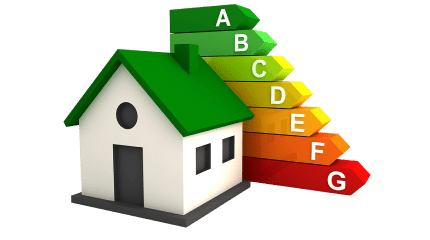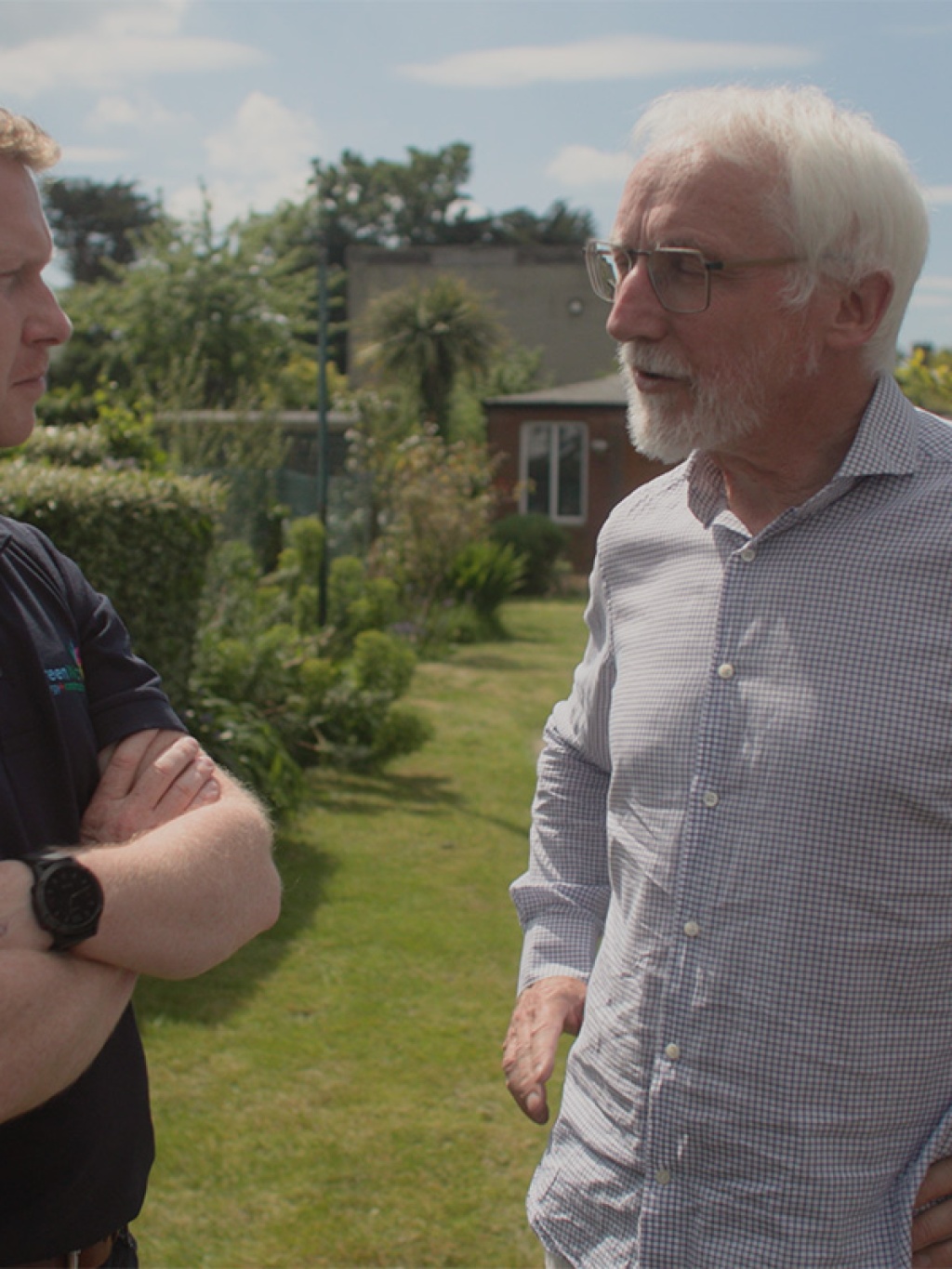Guide to home energy upgrades
Learn about the home energy upgrades available to transform the comfort levels of your home and reduce your energy bills.
Benefits of a home energy upgrade
Comfort
Enjoy a warmer, cosier and healthier home by upgrading your insulation and adding renewables.
Savings
Save on energy bills by using less energy and adding renewable energy to your home.
Environment
Reduce your emissions and your carbon footprint with an energy efficient, B2 home.
Upgrade types

Experience more comfort with better insulation and more efficient heating systems. Considering an upgrade to a renewable energy system such as a heat pump or solar PV? See how these systems get heat and electricity to your home without burning fossil fuels.

